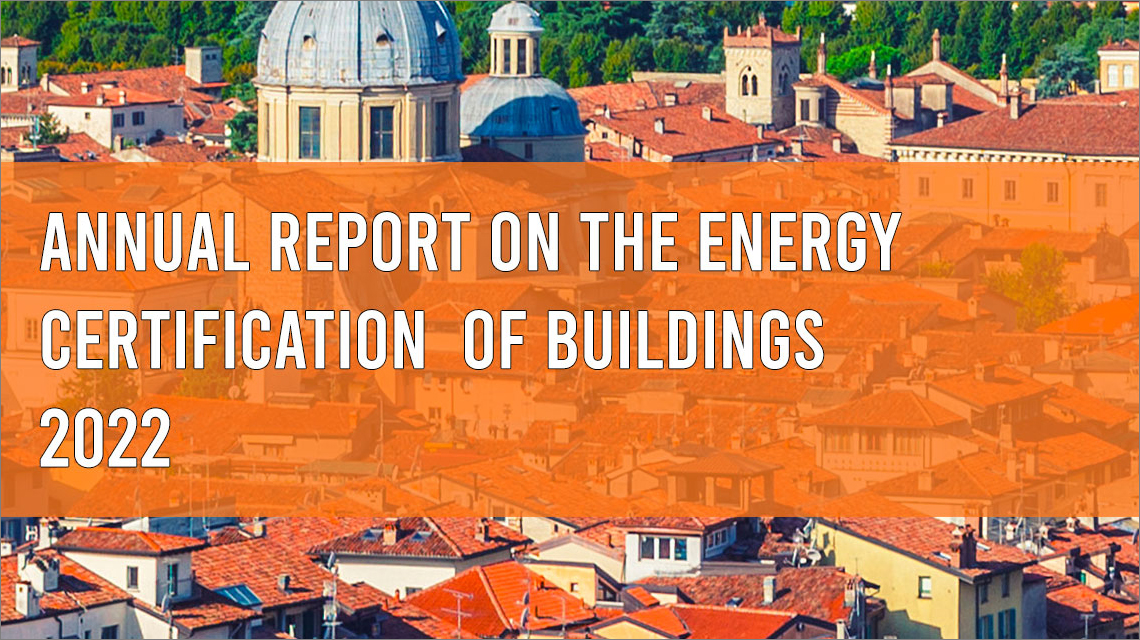Italian National Agency for New Technologies, Energy and Sustainable Economic Development

Energy: ENEA-CTI report, data on energy performance of national buildings is improving
Analysed almost 1.3 million APEs issued in 2021
The Annual Report on the Energy Certification of Buildings drawn by ENEA and the Italian Energy and Environment Thermotechnical Committee (CTI) on the basis of almost 1.3 million energy performance certificates (APE), shows that the energy performance of our national building stock is improving. The Report, now in its third edition, shows a slight increase in 2021 in Energy Performance Certificates (APE) in higher energy classes (from A1 to A4) and a resumption of the positive trend observed in the four-year period 2016-2019, which had stopped in 2020.
The overview of the energy certification provided by the Report is based on data by Regions and Autonomous Provinces and present on the Information System on Energy Performance Certificates (SIAPE)[1], with particular attention to Energy Performance Certificates (APE) issued in 2021. Of the approximately 1.3 million APEs analyzed, 75% refer to buildings built before 1991 and just over 3% refer to new buildings, almost 4% to energy redevelopments and less than 2.5% to major renovations.
Among the changes in this edition you will find a questionnaire dedicated to energy certifiers, disseminated thanks to the support of Regions, Autonomous Provinces and professional associations: over 6,500 technicians gave their opinion on various aspects of the national energy certification system to improve the EPA, make clearer what the benefits for consumers are and achieve a more homogeneous energy certification system at national level.
Among the most important actions is the constant monitoring of the procedures to test the quality of the EPAs carried out by Regions and Autonomous Provinces, through a mandatory verification of a 2% sample of the certificates entered in the regional systems yearly, provided for by the interministerial Decree 26 June 2015.
There is also a growing interest in the Report by the most active segments of the market, which are believed to be increasingly taking note of how the efforts made in defining the methodology for calculating the performance of buildings, based on the UNI-CTI technical standard, are really causing an overall improvement in the energy performance of buildings, to the benefit of the entire economic system.
"The results of the Report show the further strengthening of the collaboration among ENEA, CTI, Regions and Autonomous Provinces" pointed out Gilberto Dialuce, President of ENEA. "This in order to improve the effectiveness and potential of the APEs, also in relation to the need to have a more comprehensive view of the national scenario provided by SIAPE, whose data will be integrated into the new National Portal of Energy Performance of Buildings (PNPE2) recently launched by MiTE and ENEA to provide information and assistance to citizens, businesses and public administrations".
"It is good to see how the efforts made to prepare and update the methodology for calculating the energy performance of buildings, largely defined by the standards developed by the CTI, is yielding results", pointed out the President of the CTI, Cesare Boffa. "This is a joint effort among ENEA, Public Administration and operators whose positive outcomes are highlighted by the 2022 Report"
